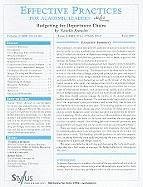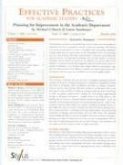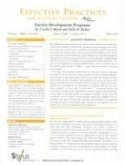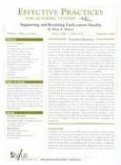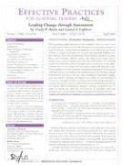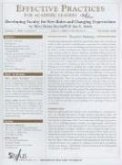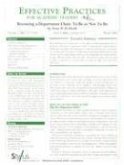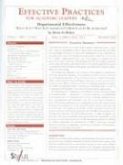Executive Summary This briefing is intended primarily for academic department chairs but may also be useful to other academic unit administrators with budget responsibility. It offers an overview of department budgeting in the context of the institution's budget and provides guidance on how to build, negotiate, and manage the budget for an academic department. The briefing begins with a discussion of how mastery of the fundamentals of budgeting enables the academic department chair to exercise responsible fiduciary leadership. The discussion of fundamentals includes a review of the roles that a budget plays, and presents the pros and cons of different institution-wide budget models, such as incremental budgeting and responsibility center budgeting, as well as the impact of the international, national, state, local, and campus context on the department budget. The discussion of the fundamentals of budgeting also describes the various types of institutional budgets, such as operating, capital, and auxiliary, as well as budget components, such as revenue sources and uses of funds. The chair should actively engage the faculty in the actual process of budget planning and development. The process should begin with an analysis of the department's past performance and productivity and include the development of a strategic action plan. This briefing includes a series of questions that the chair should ask when reviewing the department's past and/or current budgets in order to understand the starting point for department budgeting. With a plan in place and an understanding of the past, the chair needs to shift the focus to the future and translate the strategic plan into the resources needed. This briefing provides financial, personnel, and programmatic strategies that can be used to increase operating flexibility. There are many competing demands for new resources; the chair must be knowledgeable about how to negotiate for these resources to meet the department's needs. The briefing includes guidance on effective negotiation, including knowing your audience, making the case, and knowing the components of a powerful budget request. The paper concludes by identifying and discussing the tools and knowledge that the chair needs to manage the budget effectively throughout the year.
Hinweis: Dieser Artikel kann nur an eine deutsche Lieferadresse ausgeliefert werden.
Hinweis: Dieser Artikel kann nur an eine deutsche Lieferadresse ausgeliefert werden.

